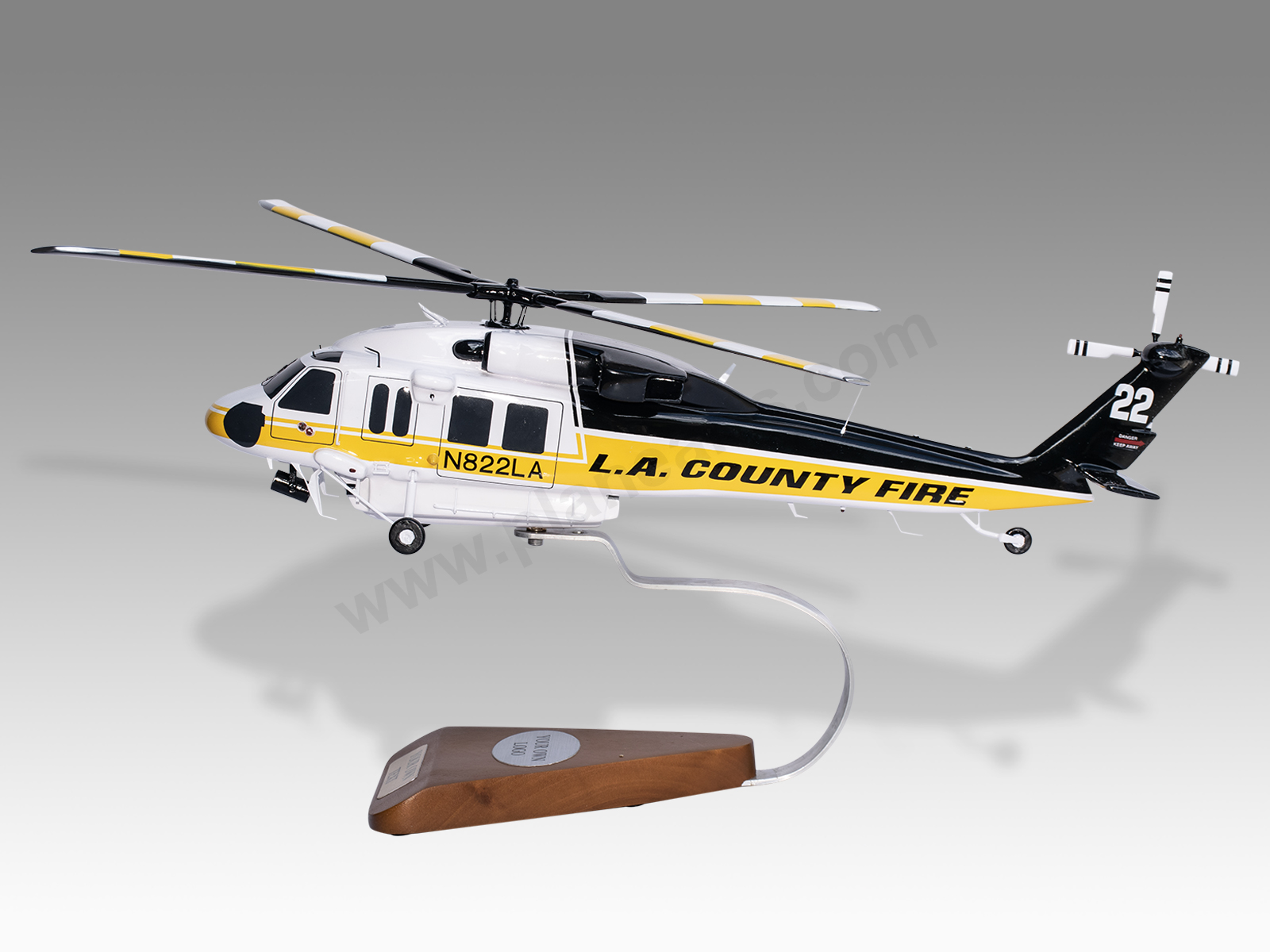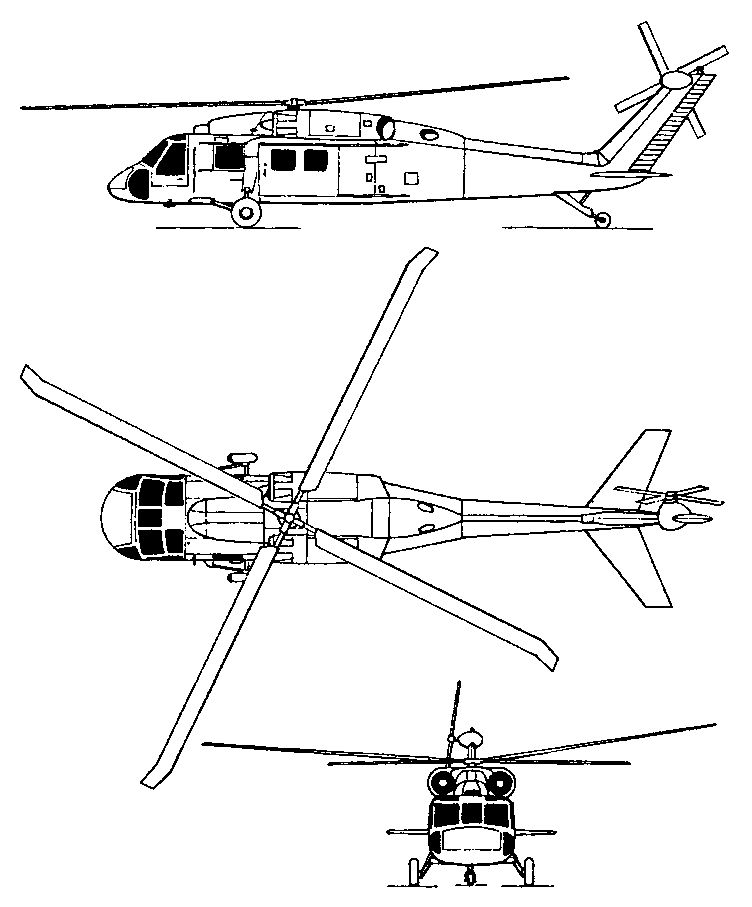Checking out the Capabilities of the Sikorsky S 70: A Detailed Testimonial
Checking out the Capabilities of the Sikorsky S 70: A Detailed Testimonial
Blog Article
High-Performance Multi-Role Rotorcraft Featuring Advanced Cabin Technologies and Integrated Sensing Unit Solutions
The world of rotorcraft technology has seen significant advancements in recent times, specifically in the world of high-performance multi-role rotorcraft equipped with advanced cockpit innovations and flawlessly integrated sensor systems. These advancements have not just boosted the operational capabilities of rotorcraft but have likewise substantially influenced modern-day aeronautics operations on numerous fronts. From boosted goal convenience to boosted functional effectiveness, the merging of sophisticated cabin innovations and integrated sensor systems has introduced a brand-new age of possibilities for rotorcraft applications. In the following discussion, we will certainly discover the advancement of rotorcraft modern technology, explore the realm of innovative cabin advancements, and take a look at the ramifications of integrated sensing unit systems on the functional adaptability and efficiency of modern rotorcraft.
Advancement of Rotorcraft Innovation
The development of rotorcraft innovation has been marked by significant innovations in the rules of aerodynamics, products, and propulsion systems, forming the capacities and efficiency of contemporary rotorcraft. Furthermore, improvements in propulsion systems, including much more powerful engines and cutting-edge propulsion modern technologies, have actually allowed rotorcraft to accomplish higher elevations, faster rates, and higher payloads.
These advancements have not just transformed the abilities of rotorcraft however have also increased their applications throughout different industries, consisting of military, business, and emergency situation services. The continuous advancement of rotorcraft modern technology continues to drive development in the area, pressing the boundaries of what is feasible and shaping the future of upright flight.
Advanced Cabin Innovations
Building upon the foundational innovations in aerodynamics, products, and propulsion systems, the realm of rotorcraft modern technology now shifts emphasis in the direction of pioneering Advanced Cockpit Innovations. The assimilation of innovative technologies within the cabin environment plays a crucial function in enhancing the functional capacities, security, and performance of contemporary rotorcraft. sikorsky s 70. Advanced Cabin Innovations encompass a large array of functions made to offer pilots with boosted situational awareness, structured information management, and user-friendly control user interfaces
Among the essential advancements in cockpit design is the application of glass cabins, which replace standard analog determines with high-resolution displays. These digital systems supply adjustable formats, real-time information integration, and enhanced readability, allowing pilots to accessibility crucial info at a look. Advanced avionics systems, such as fly-by-wire controls and boosted fact display screens, are revolutionizing how pilots communicate with the aircraft, allowing for precise control and enhanced decision-making capacities.


Incorporating innovative cockpit advancements not only improves pilot efficiency but also adds to overall objective performance and safety in complicated functional atmospheres. By leveraging state-of-the-art innovations within the cabin, rotorcraft makers are setting brand-new criteria for operational excellence and objective success.
Integrated Sensing Unit Equipments
With the evolution of rotorcraft technology, the combination of innovative Integrated Sensing unit Equipment has actually become critical in improving functional effectiveness and safety and security. These Integrated Sensing unit Equipments incorporate a large selection of modern technologies that offer essential data for various functions such as navigation, surveillance, targeting, and environmental surveillance. By seamlessly integrating sensing units like radars, electronic cameras, lidar, and infrared systems right into rotorcraft, drivers can take advantage of enhanced situational understanding, enhanced mission capabilities, and lowered pilot work.
One secret advantage of Integrated Sensor Systems is their capacity to collect real-time data and provide workable understandings to pilots and mission operators. Advanced radar systems can spot and track targets over long ranges, enabling for early hazard detection and effective feedback planning. In addition, incorporating electro-optical and infrared cameras makes it possible for rotorcraft to carry out reconnaissance and security objectives with accuracy and accuracy.
Essentially, the combination of cutting-edge sensor modern technologies right into rotorcraft not only boosts operational performance but likewise contributes substantially to overall objective success and staff security. As rotorcraft proceed to develop, the duty of Integrated Sensor Equipment will most certainly my company remain at the leading edge of innovation in the aerospace market.
Functional Versatility and Effectiveness
Enhancing functional versatility and efficiency in rotorcraft is an all-natural development from the assimilation of advanced Integrated Sensor Systems. By leveraging the information and understandings given by these advanced sensing unit systems, rotorcraft can maximize their efficiency across various objectives and atmospheres.
Functional convenience encompasses the ability of rotorcraft to adapt to different functions and situations efficiently. With sophisticated cockpit modern technologies and incorporated sensing unit systems, rotorcraft can flawlessly change in between jobs such as search and rescue, clinical discharge, security, and extra. This versatility enhances the rotorcraft's capacity to fulfill varied functional requirements without needing comprehensive reconfiguration.
Effectiveness in rotorcraft operations is important for maximizing mission performance and source use. Integrated sensor systems play a pivotal role in boosting functional efficiency by providing real-time information on weather condition conditions, terrain mapping, target tracking, and extra. This data makes it possible for pilots to make enlightened choices quickly, optimize trip paths, preserve gas, and boost total mission productivity.
Influence on Modern Aeronautics Operations

In addition, the combination of innovative sensors assists in boosted mission planning and implementation, making it possible for rotorcraft to carry out a vast array of tasks with boosted accuracy. From search and rescue procedures to aerial firefighting and regulation enforcement missions, the abilities of modern-day rotorcraft equipped with sophisticated cabin modern technologies and integrated sensor systems are unequaled.
In addition, the impact of these developments extends beyond operational effectiveness to cost-effectiveness and sustainability. By maximizing trip courses, gas consumption, and maintenance schedules, high-performance rotorcraft geared up with sophisticated cockpit innovations and sensing units add to decreasing operational expenses and environmental effect, making them vital properties in modern-day air travel procedures.
Final Thought
To conclude, the high-performance multi-role rotorcraft with sophisticated cockpit innovations and integrated sensor systems stands for a substantial development in air travel innovation. These developments enhance functional convenience and effectiveness, eventually impacting modern aeronautics operations in a positive way. The integration of these innovative modern technologies permits enhanced capabilities and efficiency in different mission circumstances, showcasing the continued advancement of rotorcraft modern technology in the air travel industry.
The world of rotorcraft technology has actually seen significant developments in current times, especially in the world of high-performance multi-role rotorcraft furnished with cutting-edge cabin technologies and flawlessly integrated sensing unit systems. From improved goal flexibility to boosted operational effectiveness, the convergence of sophisticated cabin innovations and integrated sensor systems has ushered in a brand-new period of possibilities for rotorcraft applications. In the adhering to discussion, we will certainly discover the development of rotorcraft modern technology, delve into the world of advanced cockpit advancements, and examine the ramifications of incorporated sensor systems on the operational adaptability and performance of modern rotorcraft.

Report this page